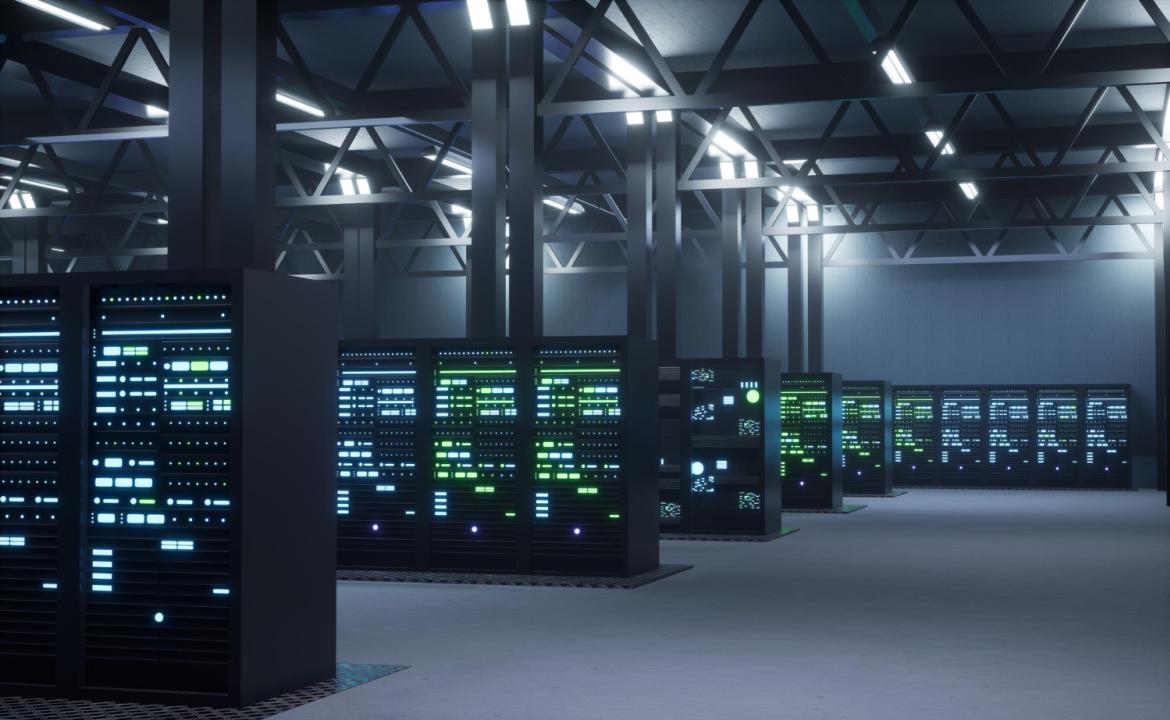Every click, search, message, and streamed video relies on an invisible infrastructure that keeps the internet operational. At the core of this digital ecosystem are data centers—specialized facilities that store, process, and distribute massive volumes of information around the clock.
What Is a Data Center?
A data center is a dedicated facility designed to house computer systems and associated components such as servers, storage devices, networking equipment, and security systems. It serves as a centralized hub where organizations manage their critical IT operations. From hosting websites to supporting cloud services, data centers provide the computing power and storage capacity essential to modern digital services.
The Physical and Logical Structure of a Data Center
A data center represents more than a collection of servers. It is a carefully engineered environment where physical design, electrical infrastructure, cooling systems, and network architecture work in harmony. Every element is optimized for reliability, scalability, and security. Redundant power supplies, backup generators, and uninterruptible power systems guarantee continuous operation even during unexpected outages. Advanced climate control maintains optimal temperature and humidity levels to protect sensitive hardware from overheating or failure.
Connectivity and Network Infrastructure
Connectivity is at the heart of every data center. High-speed fiber optic connections link the facility to internet exchange points and other data centers worldwide, enabling rapid data transfer across global networks. Inside the data center, a complex internal network routes information efficiently between servers and storage systems, ensuring low latency and high availability for hosted applications.
The Computing Systems Inside a Data Center
Inside a data center, the primary computing units are high-density servers housed in standardized racks, often using blade or rack-mounted designs to maximize space and efficiency. These servers are equipped with powerful processors, large memory capacities, and fast storage drives, optimized for handling massive workloads and parallel processing tasks. Connectivity between servers is achieved through a hierarchical network architecture, typically organized into tiers using high-speed switches and routers that form a spine-leaf or three-tier topology. This network design ensures low-latency, high-bandwidth communication across thousands of machines, allowing data to flow rapidly between compute nodes, storage arrays, and external networks while maintaining fault tolerance and scalability.
Security and Operational Resilience
A data center must safeguard not only data but also the physical infrastructure itself. Security measures include biometric access controls, surveillance cameras, perimeter fencing, and 24/7 monitoring. On the operational side, data centers implement disaster recovery plans, fire suppression systems, and continuous testing of backup systems to maintain resilience against unforeseen events.
Evolving Toward Sustainability
The growing energy demands of data centers have prompted a shift toward more sustainable designs. Operators are investing in renewable energy sources, innovative cooling technologies, and more efficient hardware to reduce their environmental footprint. As data usage continues to grow, balancing performance, cost, and sustainability remains a key challenge for the industry.
The Future of Data Centers
Data centers are evolving alongside technological advances in artificial intelligence, edge computing, and 5G networks. New designs prioritize flexibility and scalability to meet rising demands for low-latency services and real-time data processing. While their operations remain largely hidden from public view, data centers continue to power the digital experiences that define modern life.





